Tea has a special place in many countries’ cultures. Discovered thousands of years ago in China, the dried leaves of the camellia sinensis shrub have since traveled to every corner of the globe, shaping customs and traditions while connecting people at a physical, spiritual and emotional level. From how it’s served to what’s in the teapot, here are some things you should know about how our all-time favorite beverage is enjoyed around the world.
In China, tea culture is steeped in tradition.
China is the birthplace of tea and has a rich history of tea culture. The story goes that tea was first brewed in China around 2727 BC, when Emperor Shen Nong was boiling water when several leaves from an overhanging tree blew into the pot. The emperor loved the flavor, color and aroma of the accidental mixture, so he shared it with the rest of China. It quickly became a household staple, and the rest is history. Chinese people have long believed that drinking tea can aid both physical and mental health, and China remains one of the largest producers of tea worldwide today – Chinese tea ranges from green, black, oolong, pu’er tea, and much more.
The gong fu tea ceremony is one of the most famous ceremonies in China and is still practiced today. It involves the ceremonial preparation of oolong tea and serving it to guests as a sign of respect and can take anywhere from 20-25 minutes.
Tea is highly esteemed in Japan.
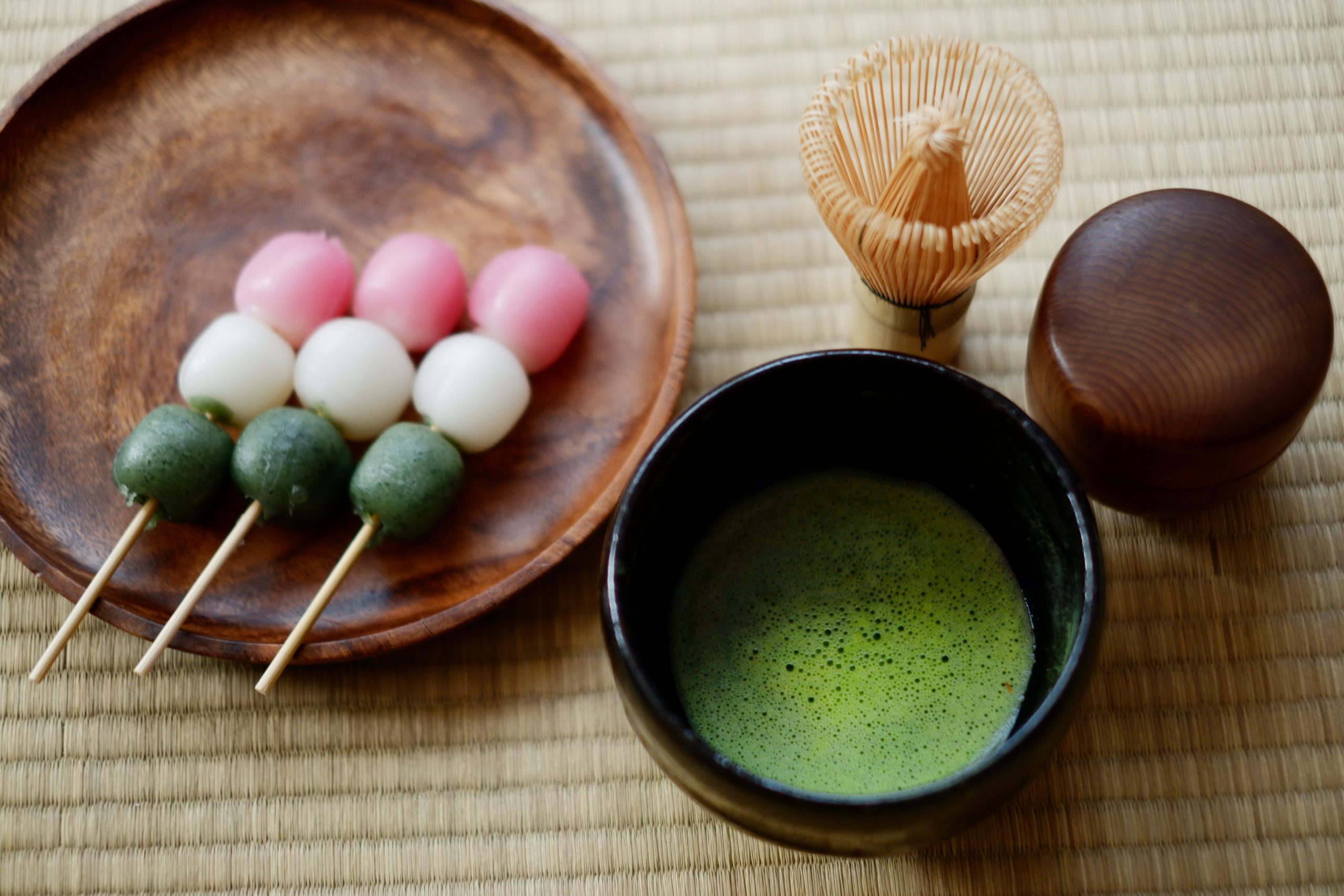 Like China, the tea ceremony in Japan has been practiced for thousands of years as well. Some believe it dates to 1200 AD. There are different kinds of teas that enjoyed in Japan, from ochazuke (meaning “tea poured over”), which involves pouring hot water over dried seaweed or rice; matcha (a powdered green tea), which is served with sweets like mochi or wagashi; sencha (a green tea), which can also be mixed with soy sauce or honey; genmaicha (roasted brown rice mixed with green tea); hojicha (green tea roasted over charcoal). However, in Japanese tea ceremonies, the main tea used is powdered green tea, or natsume.
Like China, the tea ceremony in Japan has been practiced for thousands of years as well. Some believe it dates to 1200 AD. There are different kinds of teas that enjoyed in Japan, from ochazuke (meaning “tea poured over”), which involves pouring hot water over dried seaweed or rice; matcha (a powdered green tea), which is served with sweets like mochi or wagashi; sencha (a green tea), which can also be mixed with soy sauce or honey; genmaicha (roasted brown rice mixed with green tea); hojicha (green tea roasted over charcoal). However, in Japanese tea ceremonies, the main tea used is powdered green tea, or natsume.
Usually, Japanese tea ceremonies are held in tea houses located inside of or near a garden, to encourage calm and serenity. The tea room, or tatami room, will feature tatami floors and all the equipment needed for the ceremony: a tea whisk, tea bowl, tea scoop, tea container, sweets (which are usually enjoyed right before the tea), a plate, a kettle, and brazier.
India produces more tea than any other country in the world.
India is the world’s largest producer of tea by volume, and though it grows many global tea brands, most of India’s tea is enjoyed within the country itself. India is known for teas that are exclusively grown in the country, such as assam, Darjeeling, and of course, masala chai (spiced tea).
Chai has become a way of life in many parts of India, where it’s sold on trains and streets by “chai wallahs” (tea vendors) who chant “garam chai garam chai” (hot tea). It’s one of the most recognizable Hindi words for foreigners visiting India, and many families and vendors will have their own special recipe.
Chai lattes have gained popularity in recent years in the west, sweetened with milk and sugar and infused with spices like cinnamon or ginger. Note that for authentic Indian chai, it will be made with cardamom pods, in addition to other spices like cloves, ginger, and black peppercorns.
The British Afternoon Tea
Did you know that tea is considered the national drink of England? Traditionally a luxury item reserved for the wealthy, tea has now become a part of daily life, especially black tea.
The original British afternoon tea consisted of a selection of dainty sandwiches, scones served with cream and jam, cakes, and pastries. You can still find afternoon tea services at many hotels and tea houses across the country, but many people will simply enjoy a pleasant cup of tea at home, with a biscuit or two.
Enjoy Tea with Zojirushi
If you’re looking for a convenient way to brew your tea and keep it warm, for yourself or for a tea party, our Zojirushi Thermal Carafes are the perfect vessels for tea time, anytime. Featuring stainless steel interiors, which makes them durable and easy to clean, our vacuum insulation keeps the heat in longer than other types of insulation, so your tea will stay hot even after hours. You’ll never have to worry about drinking cold tea again!
How do you like to enjoy your tea at home? Have you ever hosted a tea party before? Remember to share your thoughts, comments, and questions with us on Twitter, Facebook, or Instagram! #Zojirushi #ZoFan
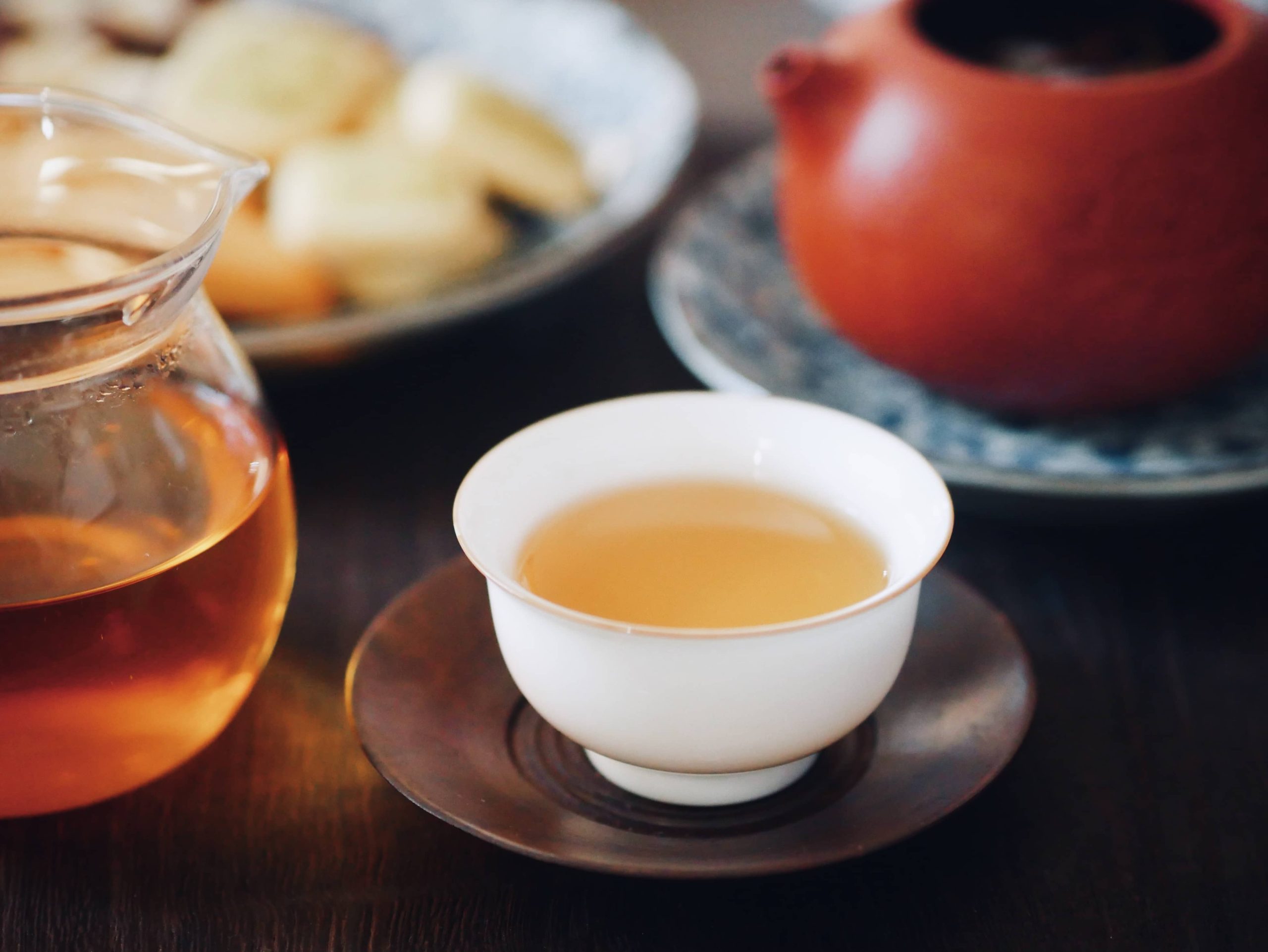
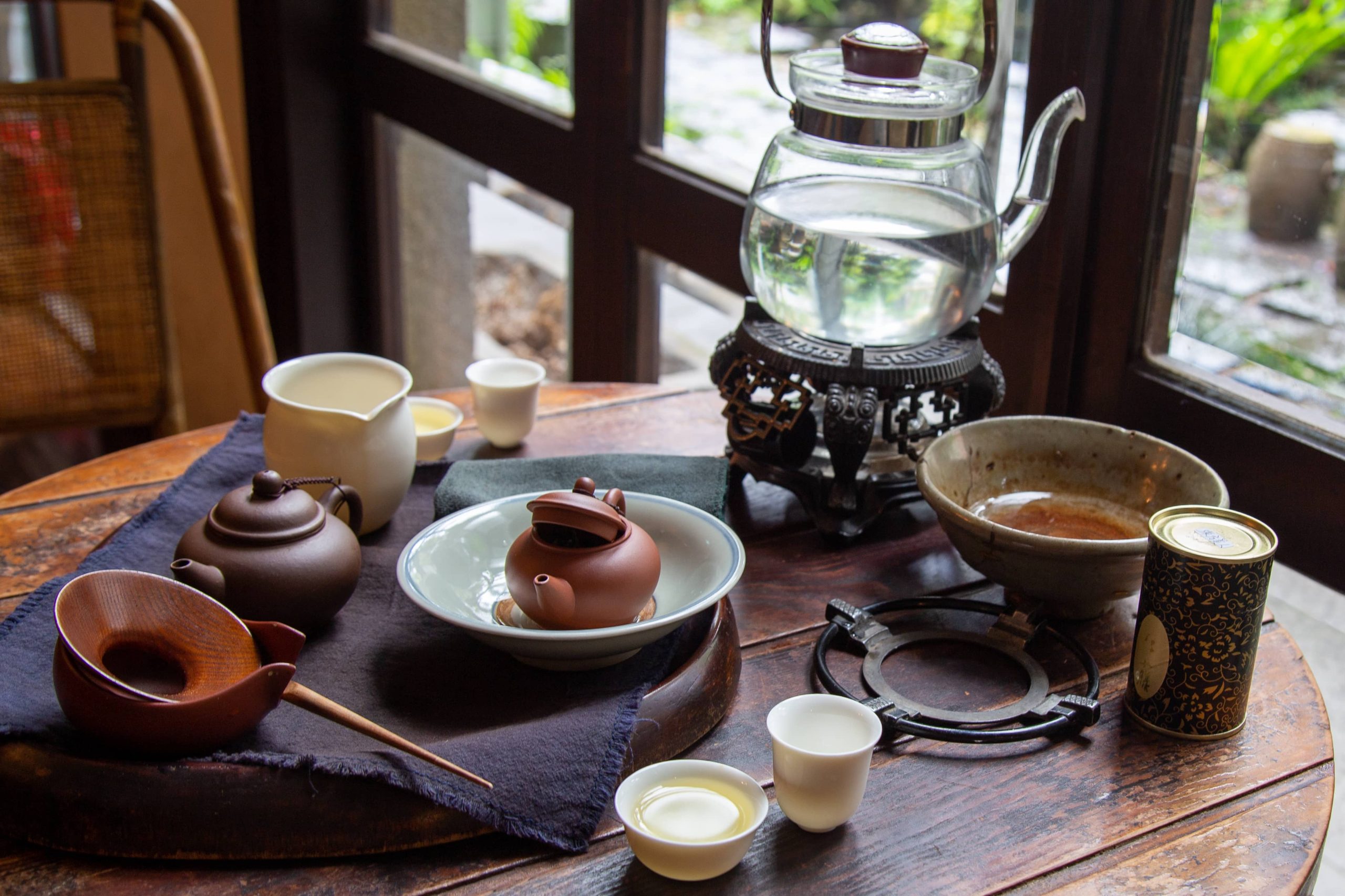
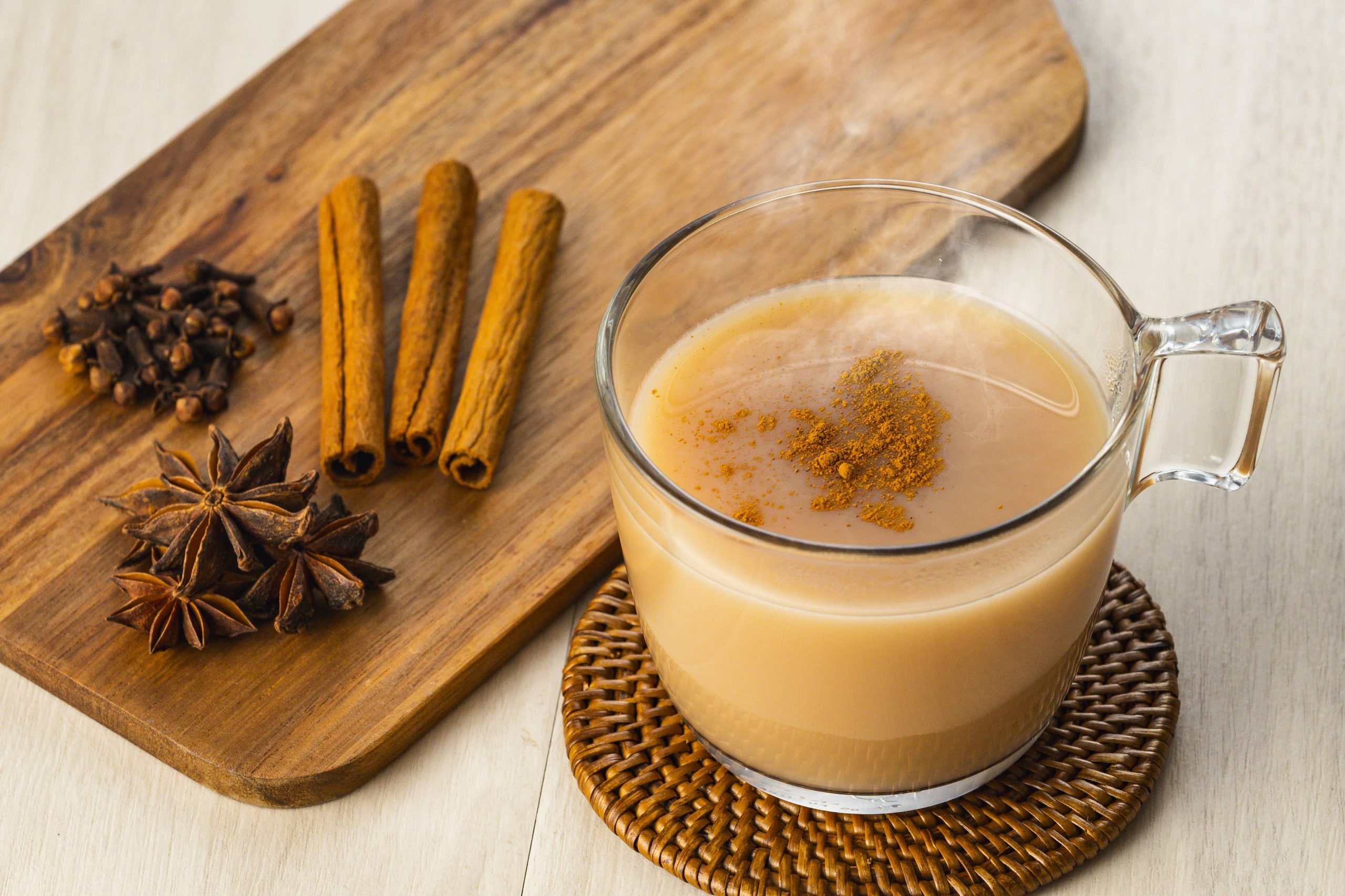
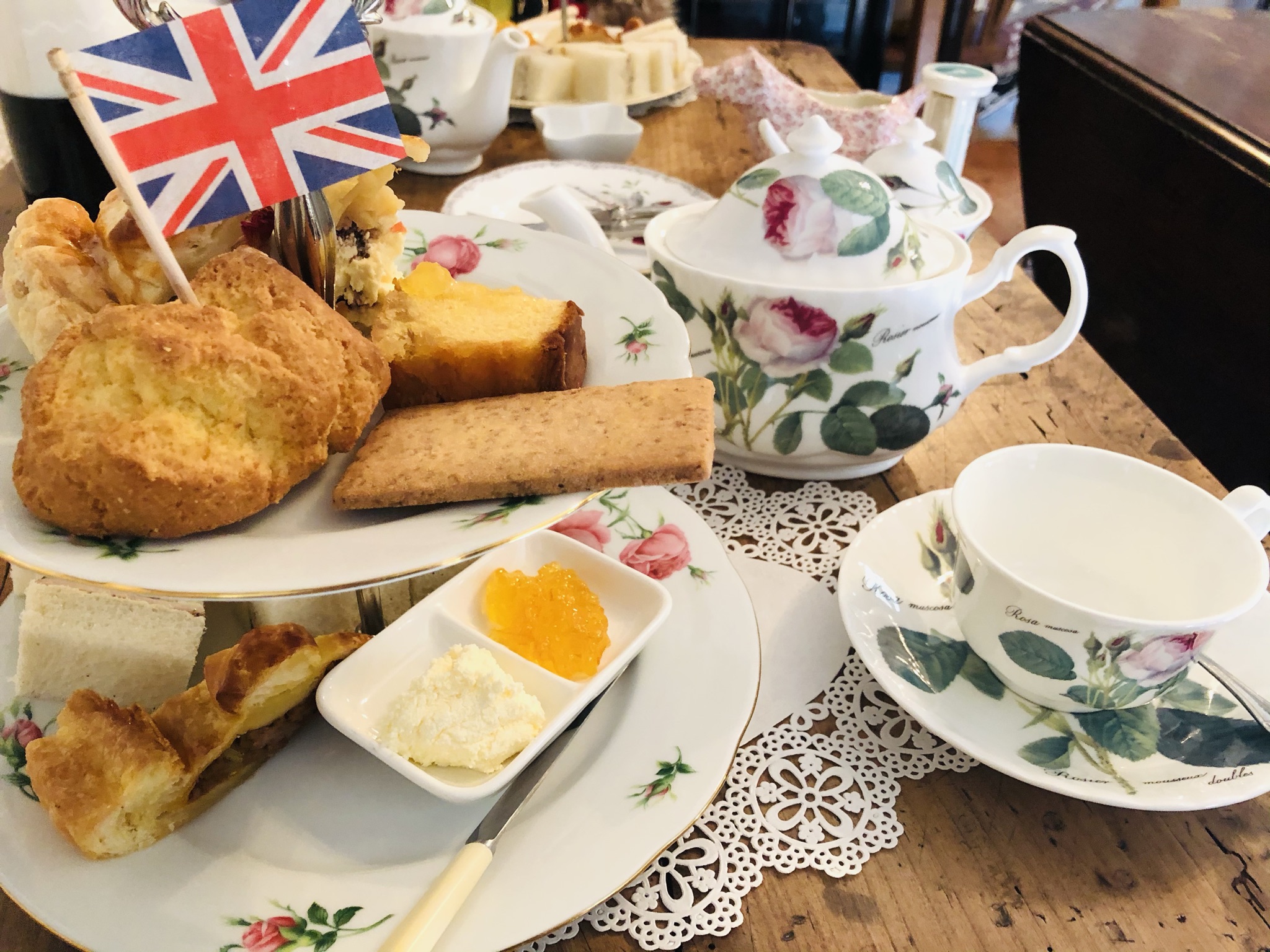
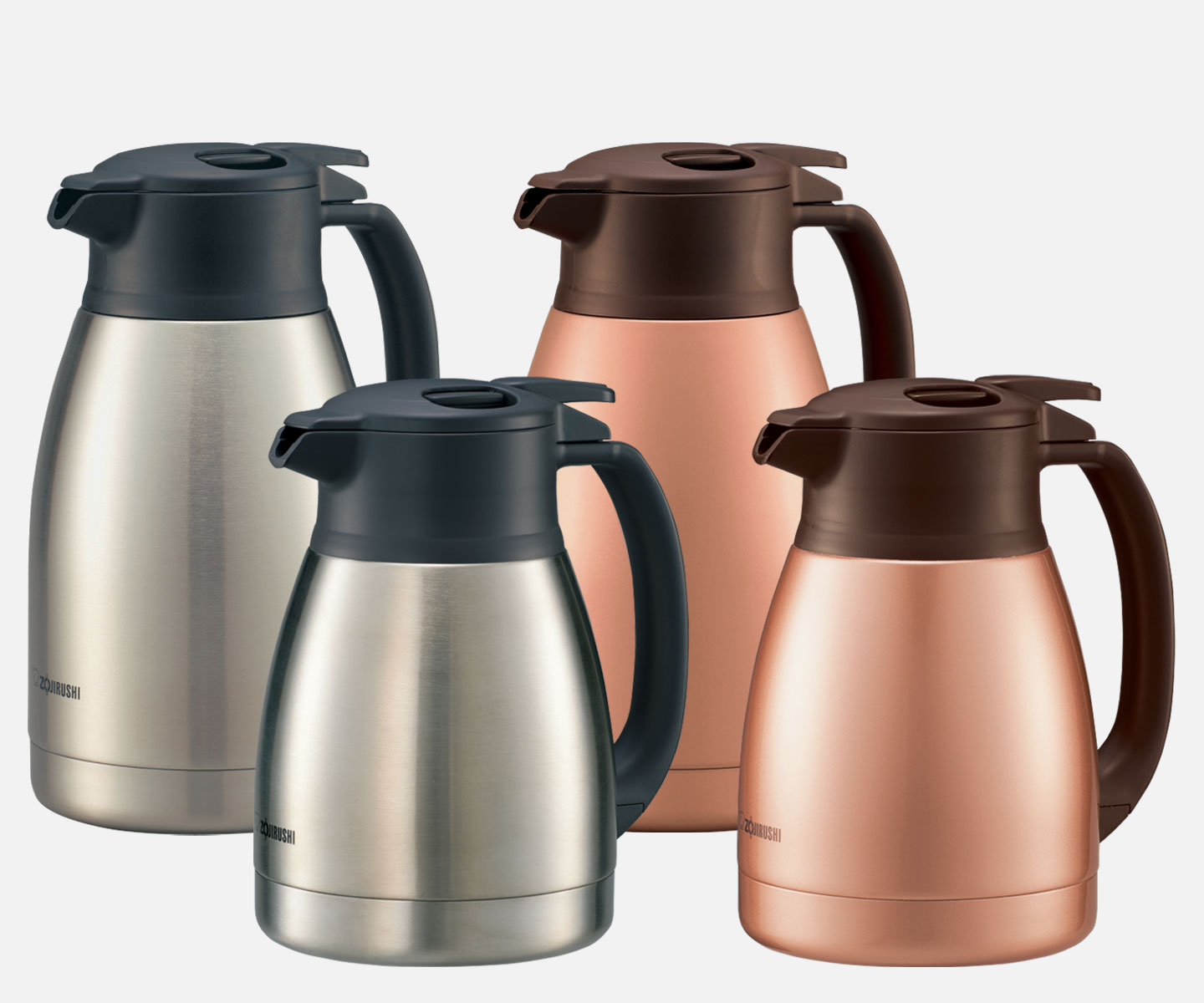
Leave a Reply